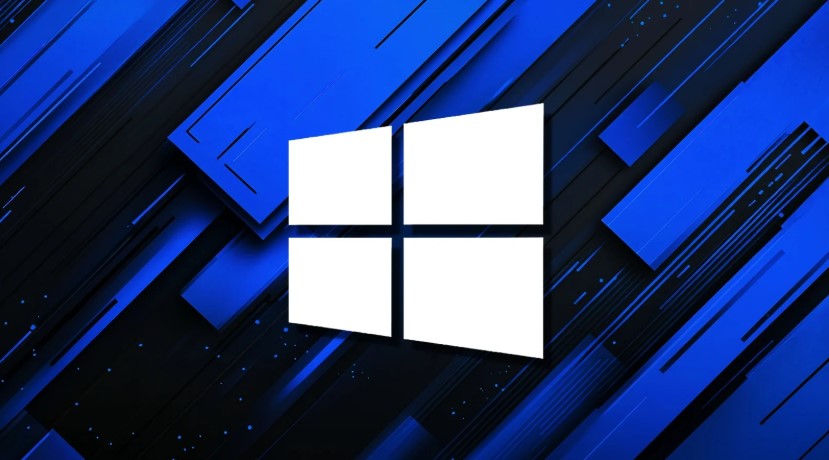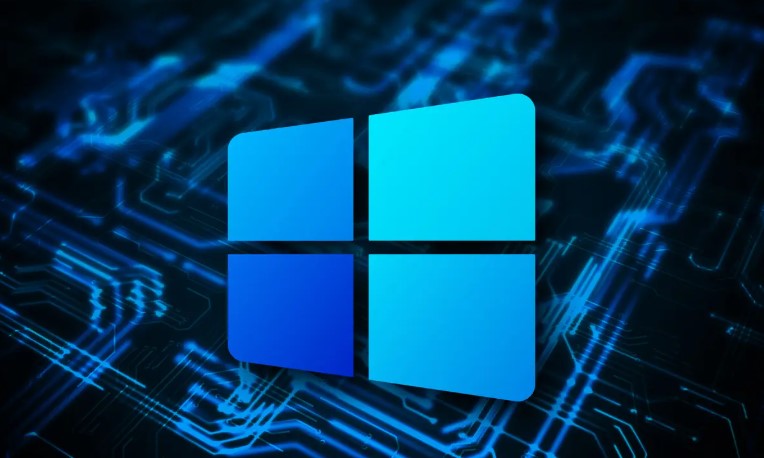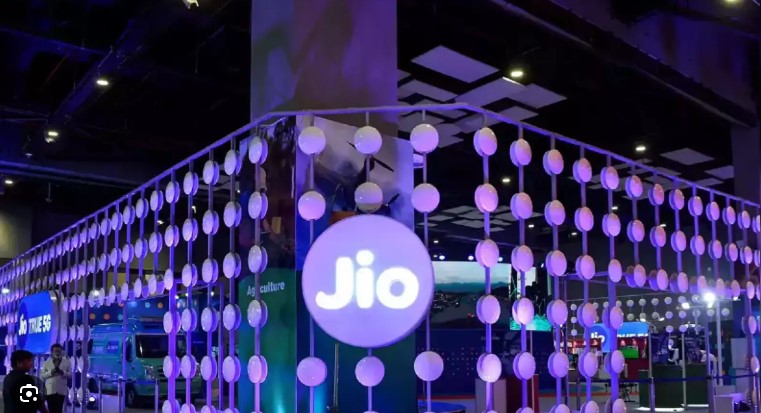
Microsoft Silently Fixes Windows 10 Start Menu Bug Affecting Jump Lists
In a quiet but significant move, Microsoft has addressed a persistent Windows 10 Start menu bug that was causing issues for users attempting to access jump lists via the Start menu or taskbar. This bug, which affected devices running Windows 10 version 22H2, disrupted the smooth user experience Microsoft typically aims to deliver—yet the fix rolled out without fanfare.

What Was the Start Menu Bug?
The problem specifically impacted the jump list feature—a productivity-enhancing function that lets users access recently opened files and app-specific tasks with a simple right-click on app icons in the Start menu or taskbar. Users began reporting that this feature had suddenly stopped working, particularly after installing the February 25, 2025 cumulative update (KB5052077) or later versions.
Microsoft linked the issue to a Controlled Feature Rollout (CFR) that began in March 2025. The rollout was intended to improve account management experiences, but instead introduced unintended side effects for a broad base of Windows 10 Home and Pro users.
Table of Contents
Toggle
A Silent Fix and a Paused Rollout
After widespread user complaints and internal diagnostics, Microsoft made the decision to pause the problematic CFR on April 25, 2025. This swift action prevented the issue from affecting additional devices. Microsoft later updated the Windows release health dashboard to inform users that the rollout had been halted and a silent fix was being deployed.
According to Microsoft:
“Microsoft has received reports of users being unable to view the jump list for apps, which includes the recent list of files used, while right-clicking on an app tile in the Start menu, on devices that installed updates released February 25, 2025 (KB5052077) and later.”
The company further reassured users that no new systems would encounter the bug moving forward, and those who were already affected would likely see the issue resolved automatically, provided their device remained connected to the internet and was restarted.

How to Ensure the Fix Is Applied
For users who are still seeing issues with jump lists, Microsoft recommends a few simple troubleshooting steps:
Connect to the Internet – The fix is distributed online, so the device needs to be online to receive it.
Restart the Device – Once the fix has been received, a system reboot is necessary for it to take effect.
These steps ensure the silent update is correctly applied, restoring full functionality to the Windows 10 Start menu.

Broader Pattern of Quiet Fixes
This isn’t the first time Microsoft has resolved critical bugs silently in the background. Over the past several months, the company has addressed a number of disruptive issues without large-scale announcements. These include:
A bug that caused Copilot to be uninstalled after updates
Problems with SSH connections breaking unexpectedly
Audio playback failures post-update
Random text errors when printing
Active Directory policy conflicts
A GPU compatibility bug in WSL2
False errors in Windows Recovery Environment (WinRE)
Microsoft’s strategy seems to be prioritizing user experience and system stability while minimizing alarm by rolling out fixes discreetly—especially when the number of affected users is relatively low or the bug does not pose security risks.
What This Means for Windows 10 Users
Although Windows 11 is the newer operating system, a vast number of individuals and businesses still rely on Windows 10 for day-to-day operations. Issues like the Windows 10 Start menu bug are a reminder that maintaining a legacy OS comes with its own challenges.
Fortunately, Microsoft continues to show commitment to supporting Windows 10 with patches, bug fixes, and performance improvements—even as focus shifts toward newer technologies. Their decision to respond quickly, pause the rollout, and deliver a fix without requiring complex user intervention reflects a more user-friendly approach to patch management.
Final Thoughts
While it may not have made headlines, the resolution of the Windows 10 Start menu bug is a small but meaningful improvement for users affected by the issue. It also highlights the evolving nature of software maintenance, where fixes can be delivered silently and efficiently without burdening the end user.
For users and IT admins alike, the takeaway is clear: keep systems connected, install updates promptly, and monitor the Windows Health Dashboard for low-key but critical changes. This ensures your experience with Windows 10 remains as smooth and productive as possible—even as the operating system inches closer to its eventual end-of-life.
Indian financial crimes agency freezes Anil Ambani Group properties worth $853 million
In a major move highlighting India’s tightening grip on corporate financial misconduct, the Indian financial crimes agency has frozen properties worth ₹75 …
The Japan flu outbreak has triggered nationwide concern as influenza cases surge across the country, resulting in thousands of hospitalisations and temporary …
Jio Subscriber Additions Lead in August; BSNL Overtakes Airtel as Vi Continues to Lose Users
The Jio subscriber additions in August have once again demonstrated Reliance Jio’s dominance in India’s telecom market. As per the data released …
Royal Enfield Price Cut: Classic 350, Meteor 350, and Hunter 350 Get Cheaper
The recent Royal Enfield price cut has created a buzz among motorcycle enthusiasts across India. The legendary bike maker has officially announced …
Maruti Suzuki e Vitara: India’s First Electric SUV Rolls Out, Marking a Historic Milestone
Maruti Suzuki e Vitara, the first all-electric SUV from India’s largest carmaker, has officially begun production at the company’s Gujarat plant in …
SEBI rejects Ambani plea Over Yes Bank Investments
Sebi rejects Anil Ambani’s settlement plea in a high-profile case linked to investments in Yes Bank’s additional tier-1 (AT-1) bonds, according to …








